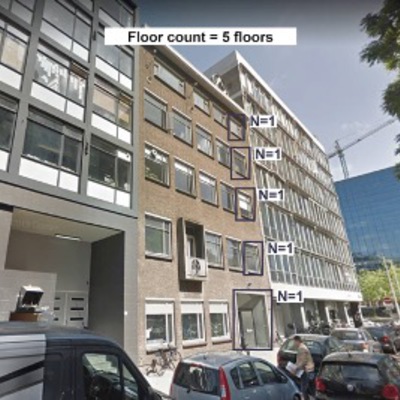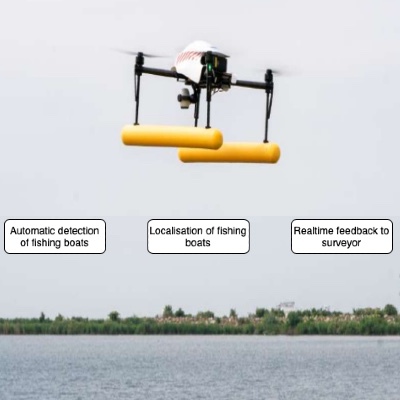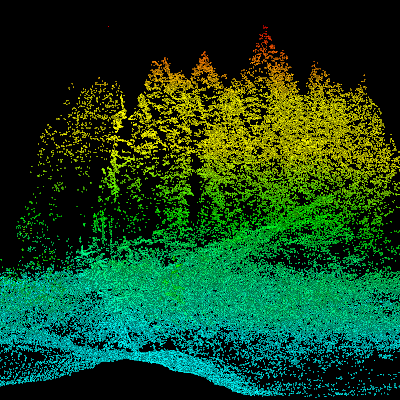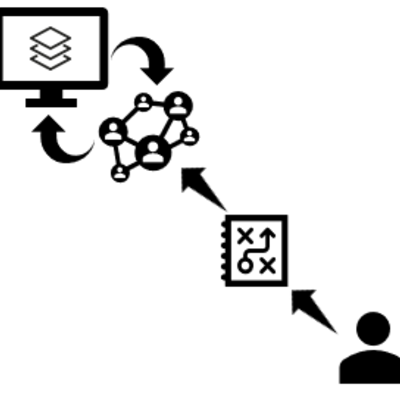
Carolin Bachert
Adaption of the EnergyADE to the new CityGML 3.0 standard
The new CityGML 3.0 standard was officially released as a conceptual model in 2021. Among other changes, it includes a revised space concept with the distinction in AbstractSpace, AbstractSpaceBoundary, OccupiedSpace and UnoccupiedSpace. Furthermore, it offers new possibilities to store time-dependent attributes through the Dynamizer and Versioning modules. In the existing Energy Application Domain Extension for CityGML 2.0 similar concepts have to be additionally modelled, for example to describe ThermalZones and ThermalBoundaries. Therefore, I am going to explore how the Energy ADE can be mapped to the new standard, i.e. which classes, attributes, and relations became redundant and which of them are still needed. The conceptual mapping will then be implemented by creating an updated UML diagram for the Energy ADE together with its according XML Schema file. CityGML 3.0’s new ADE Hook mechanism will play an important role here; for me to find a way to incorporate the additional information to the core model. The updated ADE will finally be tested through generated sample data, with the aim to convert CityGML 2.0 + Energy ADE data to CityGML 3.0 + (updated) Energy ADE.
Supervisors: Giorgio Agugiaro + Camilo León Sánchez






